Tattoo Aftercare: Essential Steps to Protect and Preserve Your New Ink
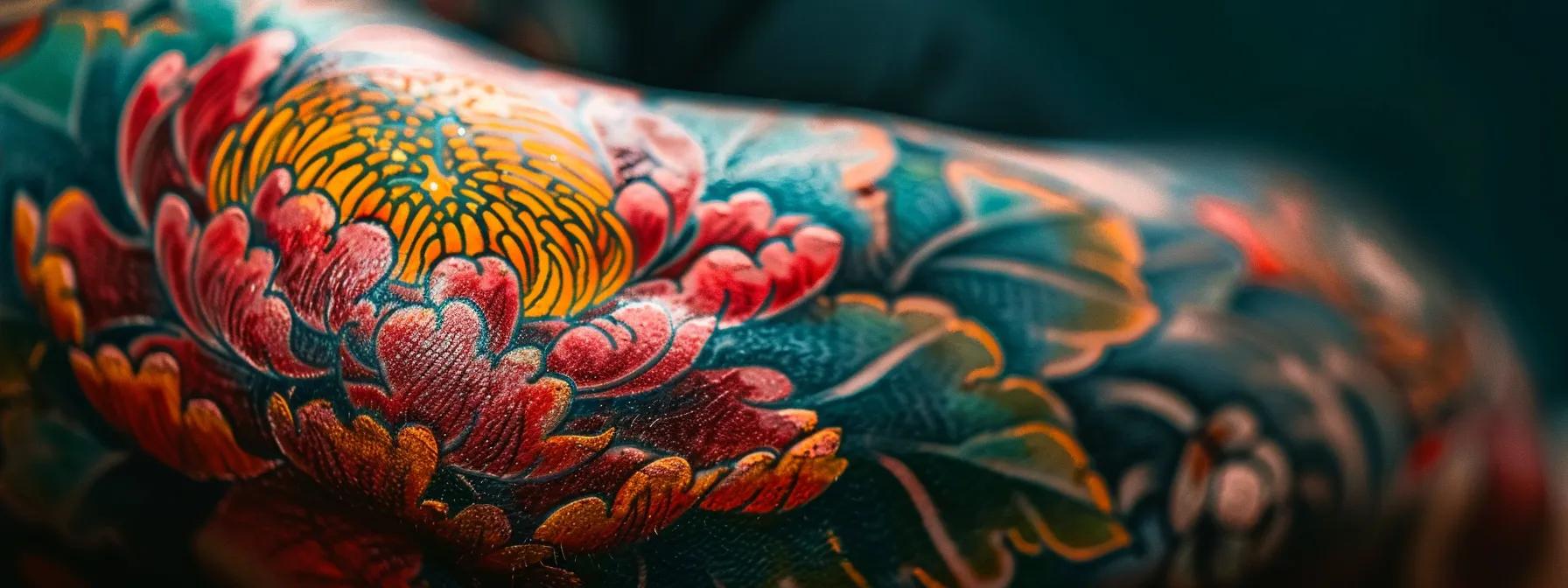
Tattoo Aftercare: Essential Steps to Protect and Preserve Your New Ink
Tattoo aftercare is essential for preserving your new ink and preventing complications. Many people underestimate the importance of properly caring for their tattoos, which can lead to irritation or fading. This article will cover the step-by-step tattoo aftercare process, recommend effective products, and address common complications. By following these guidelines, readers will learn how to enable their tattoos to heal effectively while maintaining moisture and preventing issues that might require a laser tattoo removed . Engage with this content to ensure your ink remains vibrant and well-preserved.
Understanding the Importance of Tattoo Aftercare
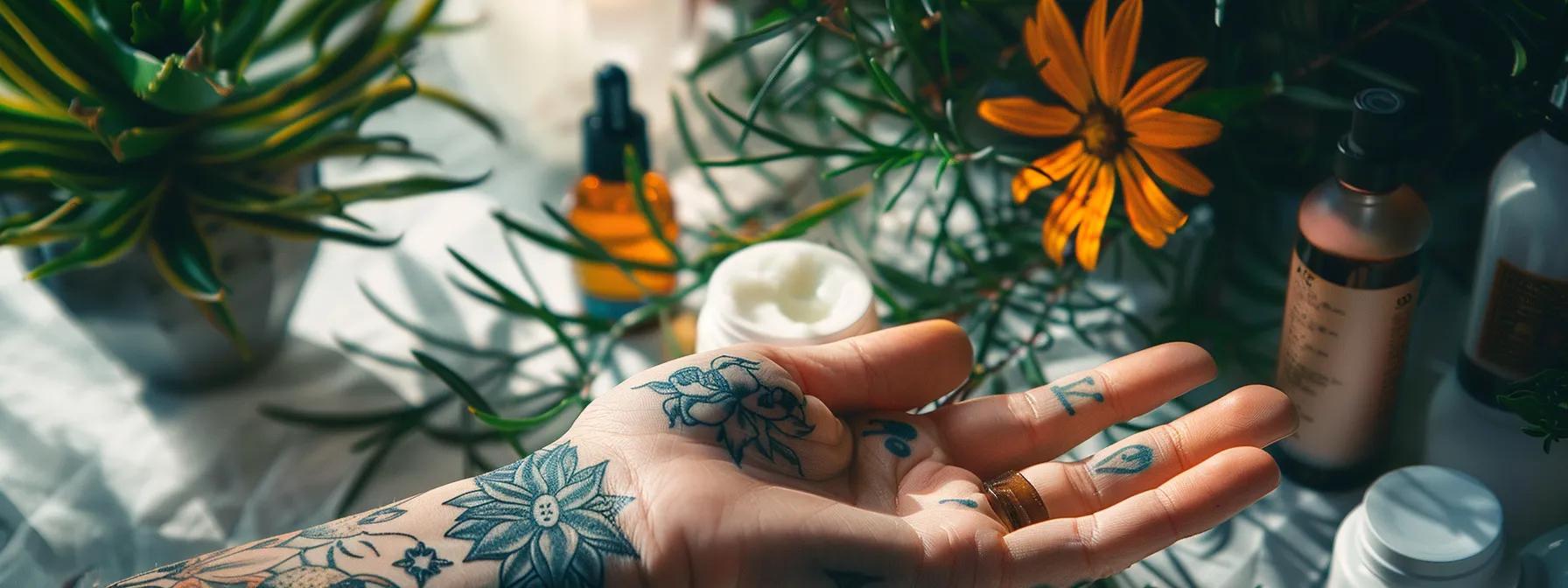
Proper tattoo aftercare is essential for ensuring optimal healing and the preservation of one’s new ink . Many misconceptions exist surrounding the tattoo healing process, including the normal occurrence of peeling and potential itch . Understanding how to treat an infected tattoo is crucial, as is recognizing the role of aftercare in enhancing tattoo longevity, as endorsed by the Food and Drug Administration .
Why Proper Aftercare Matters
Proper tattoo aftercare is critical for ensuring a smooth and effective tattoo recovery process. Understanding how long for a tattoo to heal can guide individuals in implementing timely aftercare measures, reducing the risk of infection. Those wondering how do I take care of a tattoo should know that avoiding alcohol and maintaining cleanliness can significantly impact the outcome, leading to vibrant and lasting ink .
Common Misconceptions About Tattoo Healing
Many individuals hold misconceptions about the tattoo healing process, such as believing that all tattoos heal in the same timeframe or that the use of moisture is unnecessary. In reality, the healing duration varies based on factors like skin type and placement, while applying a recommended lotion can greatly facilitate recovery. It is also worth noting that those who inquire about the healing time of tattoo removal should understand that this process can take significantly longer than the initial tattooing, often requiring medication to manage discomfort during the prolonged care phase.
The Link Between Aftercare and Tattoo Longevity
Proper tattoo aftercare plays a significant role in ensuring the longevity of a tattoo . Individuals who actively hydrate their skin and prioritize quality sleep during the healing process often notice that their tattoos maintain their vibrancy over time. Moreover, understanding the tattoo removal healing process can highlight the importance of care; a successfully healed tattoo can minimize the likelihood of needing removal in the future, ultimately saving time and moisture that might otherwise go toward touch-ups or procedures.
Step-by-Step Tattoo Aftercare Process
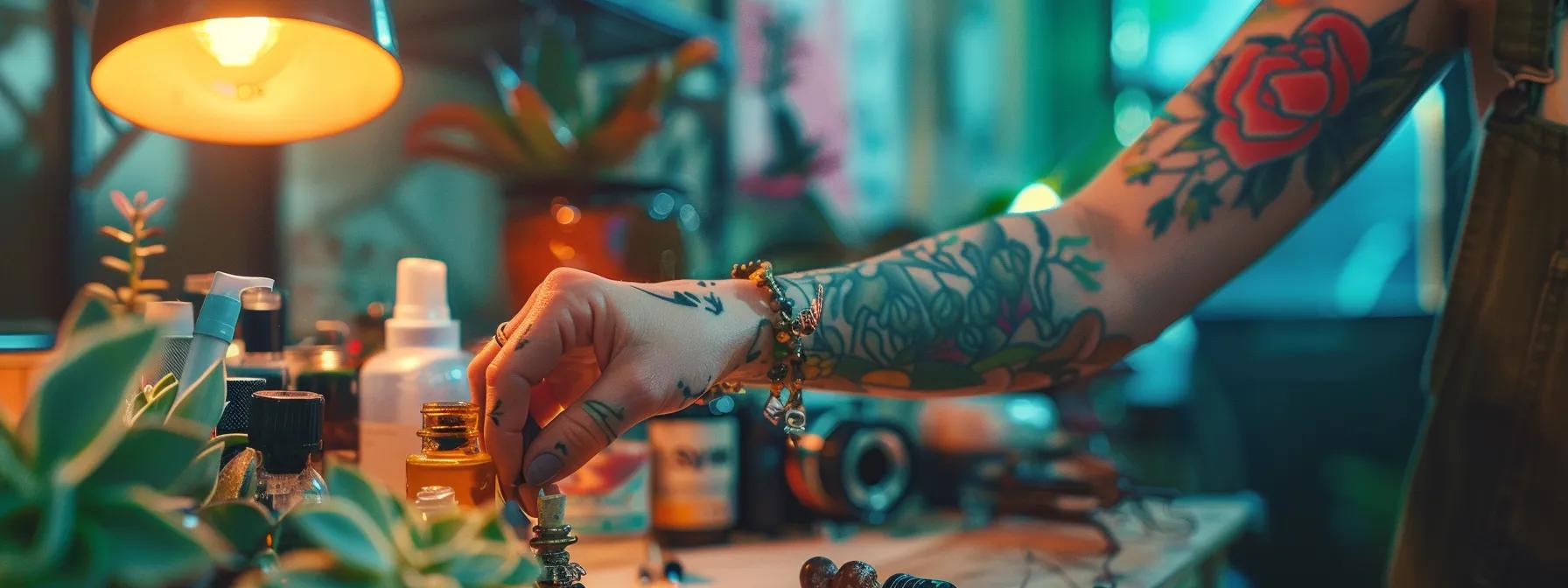
Step-by-Step Tattoo Aftercare Process
Initial care immediately after getting inked sets the foundation for healing . This guide outlines essential daily aftercare routines for the first two weeks, detailing proper attention to tattoo ink . Continued care beyond the first month will ensure lasting vibrancy, while recognizing signs of proper healing helps maintain skin integrity and prevent inflammation . Understanding these steps benefits anyone looking to preserve their new body art effectively.
Initial Care Immediately After Getting Inked
Immediately after getting inked, proper care is vital in preventing complications such as inflammation or infection. The newly tattooed area should be gently cleaned using a mild, fragrance-free soap to remove any effusion that may result in pus or introduce bacteria . Applying a hypoallergenic adhesive bandage can help protect the tattoo from external irritants while keeping the area clean and comfortable, reducing the urge to itch , which could compromise the healing process and potentially expose individuals to health risks like hepatitis B .
Daily Aftercare Routine for the First Two Weeks
The daily aftercare routine for the first two weeks is crucial for maintaining health and ensuring optimal healing of a new tattoo . Gentle cleaning of the tattoo with a mild, fragrance-free cleanser twice a day is necessary to remove any impurities while avoiding irritation . After cleansing, applying a thin layer of Aquaphor or pure aloe vera helps keep the skin moisturized and protected; using a paper towel to dab the area instead of rubbing can prevent damage and promote healthy skin recovery.
Continued Care Beyond the First Month
Continued care beyond the first month is vital for maintaining the integrity of a tattoo and ensuring its vibrancy for years to come. Individuals should monitor their skin for any unusual reactions, such as hives , and be cautious about using products like petroleum jelly , as they may cause irritation if applied too liberally. To understand how long does it take for a tattoo to heal completely, individuals should know that it can take several months, during which keeping the tattoo covered with plastic when exposed to water can further protect the skin ; regular moisturizing remains an essential part of how do I care for a tattoo in the long term, ensuring it stays looking fresh and lively.
Signs of Proper Healing
Signs of proper healing in a tattoo include a consistent pigment appearance and minimal scabbing. As the tattoo heals, the stencil lines should remain sharp, displaying a clear outline without any fading. Additionally, swelling and redness should gradually diminish, indicating the body is recovering effectively; however, keeping the tattoo protected from direct ultraviolet sunlight is essential to maintain its vibrancy and prevent damage throughout the healing process.
Recommended Products for Effective Tattoo Aftercare
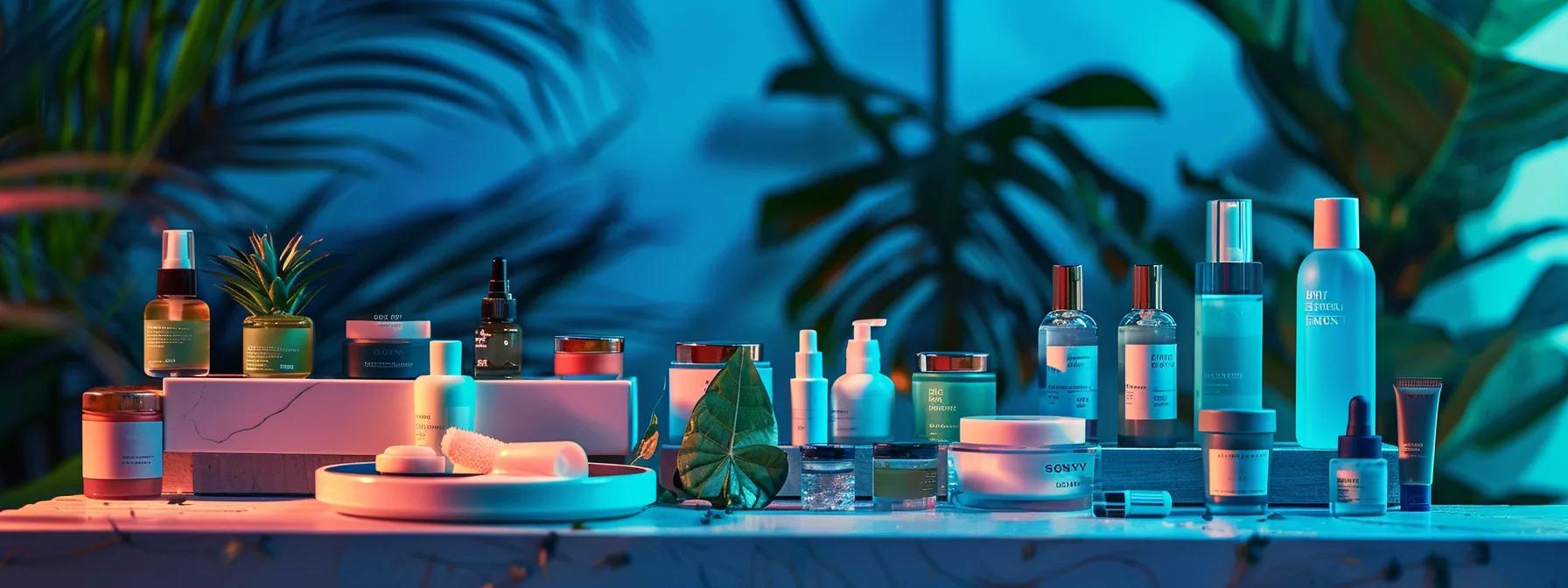
Recommended Products for Effective Tattoo Aftercare
Choosing the right products is vital for maintaining a tattoo 's health and appearance. This section discusses the best soaps for cleaning tattoos, recommended ointments for initial healing , and optimal moisturizers for ongoing care. Additionally, it highlights products to avoid during the healing process, ensuring individuals can protect their ink while minimizing pain and pressure on the tattooed area.
Best Soaps to Use for Cleaning Your Tattoo
Choosing the right soap is crucial for cleaning a new tattoo and ensuring optimal healing . A hypoallergenic, fragrance-free option is ideal, as it helps eliminate blood and impurities without causing irritation . For those interested in natural alternatives, soaps with essential oils, such as coconut oil , can provide both cleansing and moisturizing benefits while reducing the risk of infections like hepatitis . It is recommended to look for a mobile app that offers product reviews, as users frequently share their experiences and suggest effective brands specifically formulated for skin care aftercare.
Top Ointments for Initial Healing
When selecting ointments for initial healing of a tattoo , it is vital to choose products specifically formulated for this purpose, as they support the recovery of both the epidermis and dermis layers. Hypoallergenic options can help reduce the risk of an allergy , ensuring that the healing tattoo remains protected without irritation from clothing or external elements. Additionally, tattoo enthusiasts should avoid ointments that may interfere with the healing process or contribute to complications that could lead to laser procedures in the future.
Wailana Tattoo’s Recommended Aftercare: H2Ocean Ultimate Tattoo Care Kit ⭐️
At Wailana Tattoo , we prioritize proper aftercare to ensure your tattoo heals flawlessly and maintains its vibrancy for years to come. That’s why our artists highly recommend the H2Ocean Ultimate Tattoo Care Kit —a trusted, all-natural healing system designed specifically for fresh tattoos.
How to Use H2Ocean’s Ultimate Tattoo Care Kit
For the best healing results, follow the instructions included in the kit:
1️⃣ Wash with Blue Green Foam Soap (3-4 times per day)
• This antibacterial soap gently removes secretions, debris, and bacteria without drying out your skin.
2️⃣ Moisturize with Ocean Care Unscented Lotion (After Every Wash)
• Apply a thin layer after each cleansing to hydrate your tattoo and prevent excessive scabbing.
• Even after healing, this lotion can be used as a daily moisturizer to keep your tattoo looking fresh.
3️⃣ Lock in Your Ink with Ocean Foam (Starting on Day 2, Before Bed)
• A thin layer of Ocean Foam creates a breathable barrier over your tattoo, locking in ink and moisture for optimal healing.
• Continue using Ocean Foam daily until your tattoo is fully healed.
Why Our Artists Trust H2Ocean
✅ Fast, clean healing – Speeds up recovery while preventing scabs and ink loss.
✅ 100% Natural Ingredients – Free from petroleum and artificial additives.
✅ Hydration without clogging pores – Keeps your skin nourished while allowing it to breathe.
Pick Up Your H2Ocean Kit at Wailana Tattoo
We stock H2Ocean Ultimate Tattoo Care Kits in our shop, so you can leave with everything you need for the best healing experience . Our artists use and recommend this system because it protects your tattoo, prevents fading, and ensures a smooth healing process .
🔗 Learn more about H2Ocean or ask our team about aftercare when you book your next session !
Optimal Moisturizers for Ongoing Care
Optimal moisturizers are crucial in ongoing tattoo care, ensuring the skin remains hydrated and vibrant. Products that focus on nutrition for the skin , such as those enriched with vitamins, can be highly beneficial for maintaining tattoo integrity. While Vaseline may seem easy, it can trap moisture and lead to issues; therefore, using a lightweight moisturizer designed for tattoo aftercare can prevent complications and promote healthy healing . Gentle application with a washcloth can help distribute the moisturizer without causing irritation , further supporting skin recovery and the tattoo's longevity.
Products to Avoid During the Healing Process
During the healing phase of a tattoo , it is crucial to avoid certain products that may hinder recovery or lead to complications, especially for individuals concerned about potential irritation ; products containing alcohol or harsh chemicals should be eliminated, as they can impede the healing process and increase the risk of infection, which may ultimately necessitate tattoo removal procedures. Additionally, artists strongly recommend steering clear of direct sunlight , making sunscreen on fresh tattoos a poor choice; using a protective bandage is advisable to shield the ink from harmful UV rays that could damage the tattoo and complicate the healing process.
Common Complications in the Tattoo Healing Process
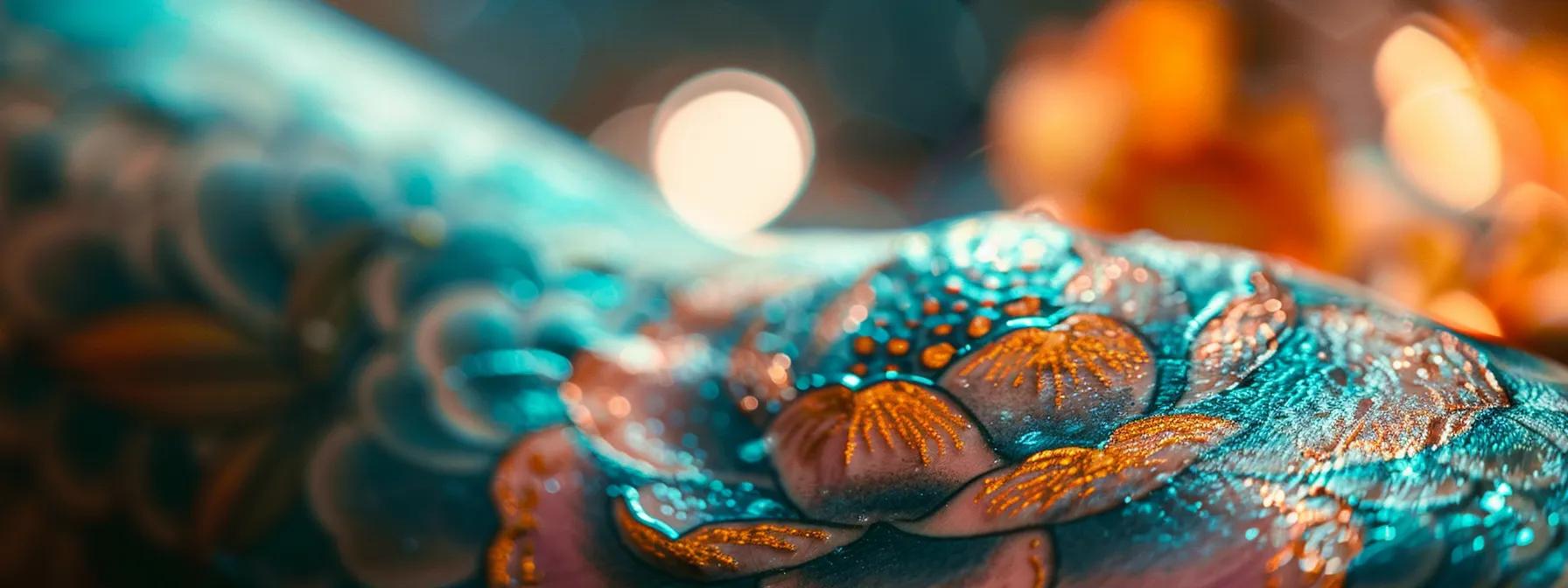
Identifying signs of infection is crucial for maintaining the health of a new tattoo , as symptoms may include unusual redness or a persistent fever , and in severe cases, shortness of breath . Understanding allergic reactions can also protect individuals from complications that may arise from specific inks or aftercare products. Furthermore, preventing scarring during healing is essential to ensure the tattoo 's appearance remains intact, minimizing the need for future interventions, such as the laser tattoo removal healing process .
Identifying Signs of Infection
Identifying signs of infection is vital for ensuring the success of tattoo aftercare. If unusual redness, swelling, or an increase in plasma occurs, these may indicate an infection that requires immediate attention. Seeking medical advice promptly can help prevent complications, such as the need for antibiotic treatment or longer tattoo removal recovery time, ultimately safeguarding the integrity of the new ink .
Understanding Allergic Reactions
Understanding allergic reactions to tattoo inks and aftercare products is essential for a successful healing process. Reactions can occur due to ingredients found in oils or preservatives, leading to symptoms such as redness, swelling, or even blistering. To minimize the risk of complications, individuals should opt for hypoallergenic bandages and avoid exposure to ultraviolet rays, which can worsen skin irritation , especially if an injury is present. Timely identification of these allergic responses can help in seeking appropriate care, preventing the development of further allergy or serious issues related to tattoo healing . About us
Preventing Scarring During Healing
Preventing scarring during the tattoo recovery process is essential for maintaining the desired appearance of the new ink . Proper care of the skin involves keeping it moisturized and avoiding behaviors that may lead to damage, such as scratching or excessive sun exposure. Individuals should also recognize that inquiring about how long does it take for tattoo removal to heal highlights the importance of proactive care as well; understanding how do I take care of a new tattoo effectively can significantly impact the healing process, ensuring that the moisture recovers without lasting marks or complications.
Answers to Popular Questions About Tattoo Aftercare
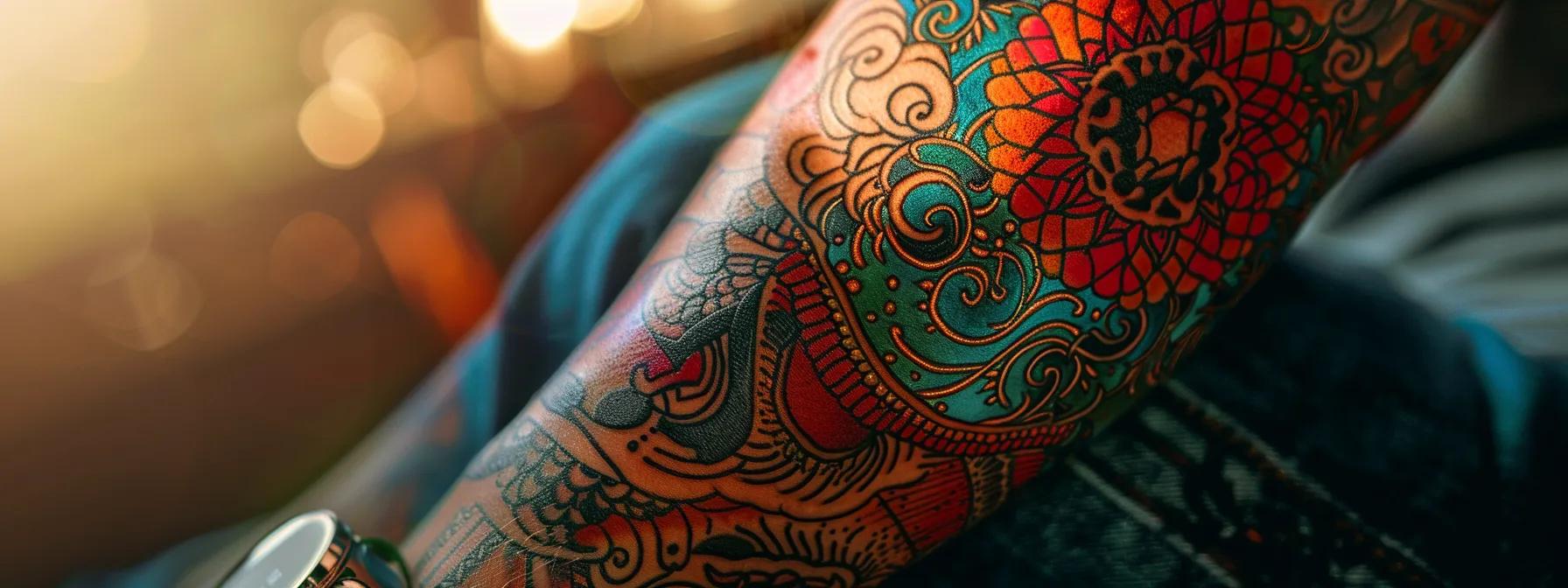
When addressing tattoo aftercare, understanding when to start aftercare after getting tattooed is critical for successful healing . Individuals should know how long to keep their tattoo covered and what to avoid during healing . Questions like whether sunscreen can be used on a new tattoo are common. This section addresses these topics, provides insights on tattoo recovery time, and discusses appropriate products like moisture for enhanced healing .
When to Start Aftercare After Getting Tattooed
After getting a tattoo , it is essential to start aftercare immediately to protect the new ink from bacteria and promote proper healing . Artists typically recommend that individuals clean the area gently right after the session, followed by applying a protective ointment to prevent blisters and maintain moisture . A consultation with the tattoo artist regarding the use of lotion -enriched products can help ensure the skin remains healthy and reduce the risk of complications during the recovery process.
Duration for Keeping Your Tattoo Covered
After getting a tattoo , it is recommended to keep the tattoo covered for at least the first few hours, and in some cases, for up to 24 hours, depending on the artist 's guidance. Covering the tattoo during this initial period protects it from bacteria and environmental factors, which is crucial for avoiding complications during healing . After this time, individuals should avoid prolonged exposure to elements such as sunlight and hot tubs, as these can impact the healing process; proper care includes knowing how do you take care of a tattoo after uncovering it to ensure the best results and minimize the chance of needing laser tattoo removal in the future.
What to Avoid During the Healing Process
During the healing process, individuals must avoid certain actions that may jeopardize the integrity of their new tattoo . This includes refraining from soaking in hot tubs or swimming pools, as prolonged exposure to moisture can introduce bacteria and delay healing . Additionally, keeping the tattoo covered while showering is recommended, ensuring only gentle washing with a mild soap occurs. Maintaining the care regime matters as individuals might wonder how long a tattoo takes to heal and how you care for a tattoo optimally; thus, being cautious about daily activities can significantly impact the healing timeline and overall appearance.
Can You Use Sunscreen on Your New Tattoo ?
Using sunscreen on a new tattoo is not recommended until the tattoo has fully healed, typically taking about four to six weeks. During the healing phase, exposing a fresh tattoo to the sun can lead to complications such as dermatitis or fading of the colors. Once healed, applying a broad-spectrum sunscreen can protect the tattoo from harmful UV rays and preserve its vibrancy, ensuring that the skin remains healthy and free from irritation . Additionally, individuals should avoid using scented products, including certain sunscreens, to prevent any adverse reactions that might interfere with healthy skin recovery.
Long-Term Tattoo Maintenance Strategies

Protecting a tattoo from sun exposure is vital to prevent fading and skin damage. Ensuring proper hydration contributes to healthy skin , promoting vibrant ink . Regular touch-ups may be necessary to maintain the tattoo ’s integrity over time. This section will provide insights on how to clean and care for your skin , along with answers to common questions such as how long does it take a tattoo to fully heal and considerations regarding moisture options for removal .
Protecting Your Tattoo From Sun Exposure
Protecting a tattoo from sun exposure is crucial for maintaining its vibrancy and longevity. Individuals should apply a broad-spectrum sunscreen with at least SPF 30 to shield their body art from harsh UV rays, especially during outdoor activities. Moreover, for those managing skin conditions like ulcerative colitis , it is essential to consult with a healthcare professional to ensure the chosen sunscreen does not interfere with any therapy or treatment plans; this medically reviewed advice can help ensure individuals understand how do you care for a new tattoo while keeping their moisture healthy and protected.
Hydration Tips for Skin Health
Maintaining proper hydration is vital for overall skin health , particularly for preserving the vibrancy of a tattoo . Individuals should aim to drink plenty of water throughout the day, as cellular hydration supports skin elasticity and healing . A balanced diet rich in vitamins and minerals can further enhance skin condition, while avoiding petroleum -based products on or around the tattooed area reduces the risk of rashes or infections, especially after sun exposure that leads to sunburn . Incorporating these hydration tips can significantly contribute to the longevity and appearance of one's new moisture .
Regular Touch-Up Considerations
Regular touch-ups are an important aspect of maintaining a tattoo 's appearance and longevity. Individuals who engage in activities like exercise may notice faster fading due to increased sweat and friction, emphasizing the need for touch-ups to keep the ink vibrant. Furthermore, skin health decisions, such as using moisturizing products often referred to as " lotion ," can play a significant role in preserving the tattoo , particularly for those managing skin conditions related to type 2 diabetes . Consulting with a dermatologist can provide insights on the best practices to maintain skin integrity while ensuring that protective measures, such as using plastic wrap during physical activities, are effectively utilized to safeguard the tattoo .
Conclusion
Tattoo aftercare is vital for protecting and preserving new ink , ensuring a smooth healing process and vibrant appearance. Proper care, from initial cleaning to ongoing moisturizing, significantly reduces the risk of infection and maintains the tattoo 's integrity over time. Recognizing the signs of healing and common complications enables individuals to address issues promptly, safeguarding their body art. By following recommended aftercare steps, individuals can enjoy their tattoos for years to come, reflecting their commitment to maintaining this form of self-expression.
Wailana Tattoo Location | Tattoo Studio Hawaii Locations
Text consult: (808) 400-6934
Location:1860 Ala Moana Blvd, Honolulu, HI 96815
OPEN 7 DAYS A WEEK: 10 AM HST TO 12:00 AM HST




